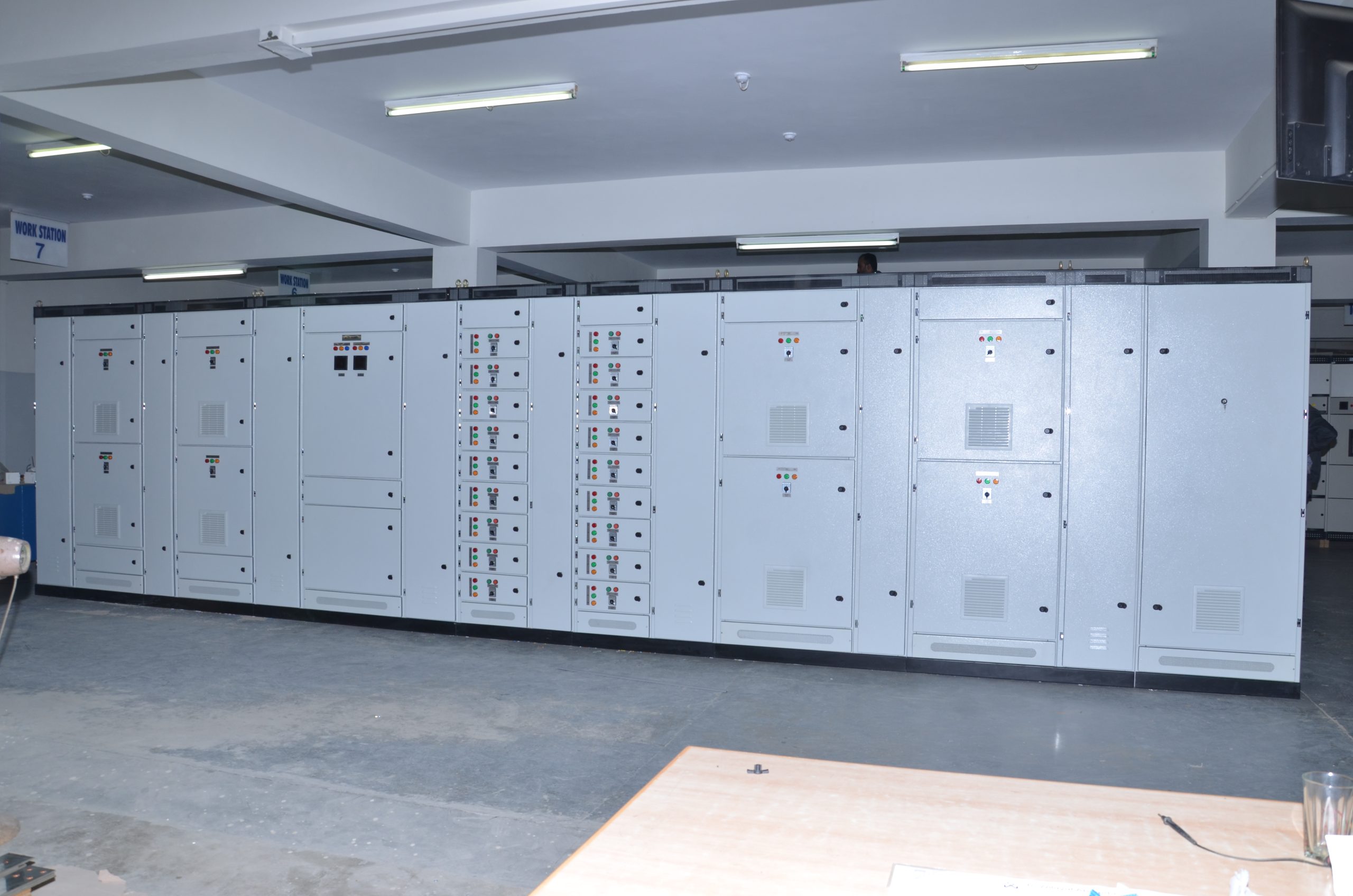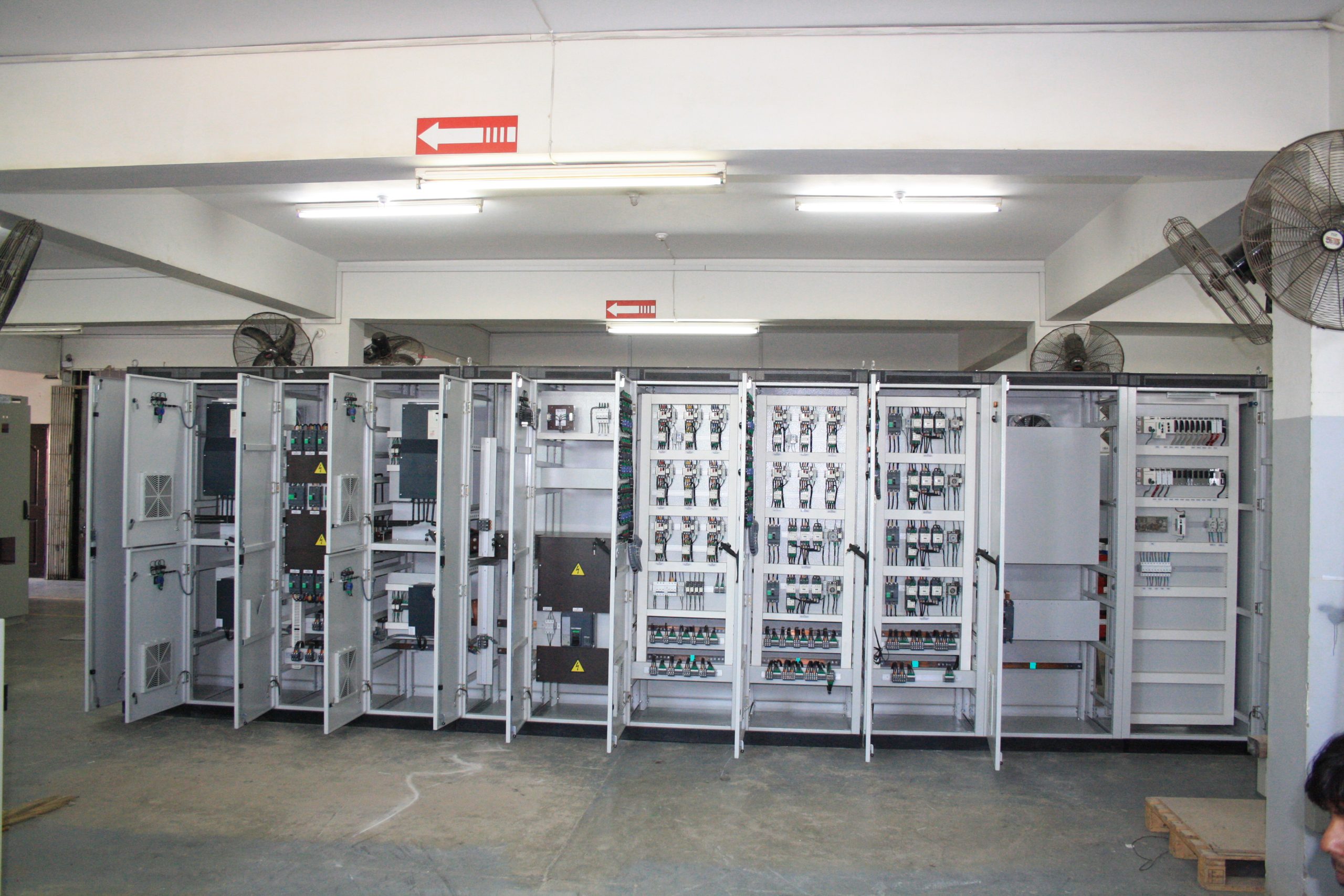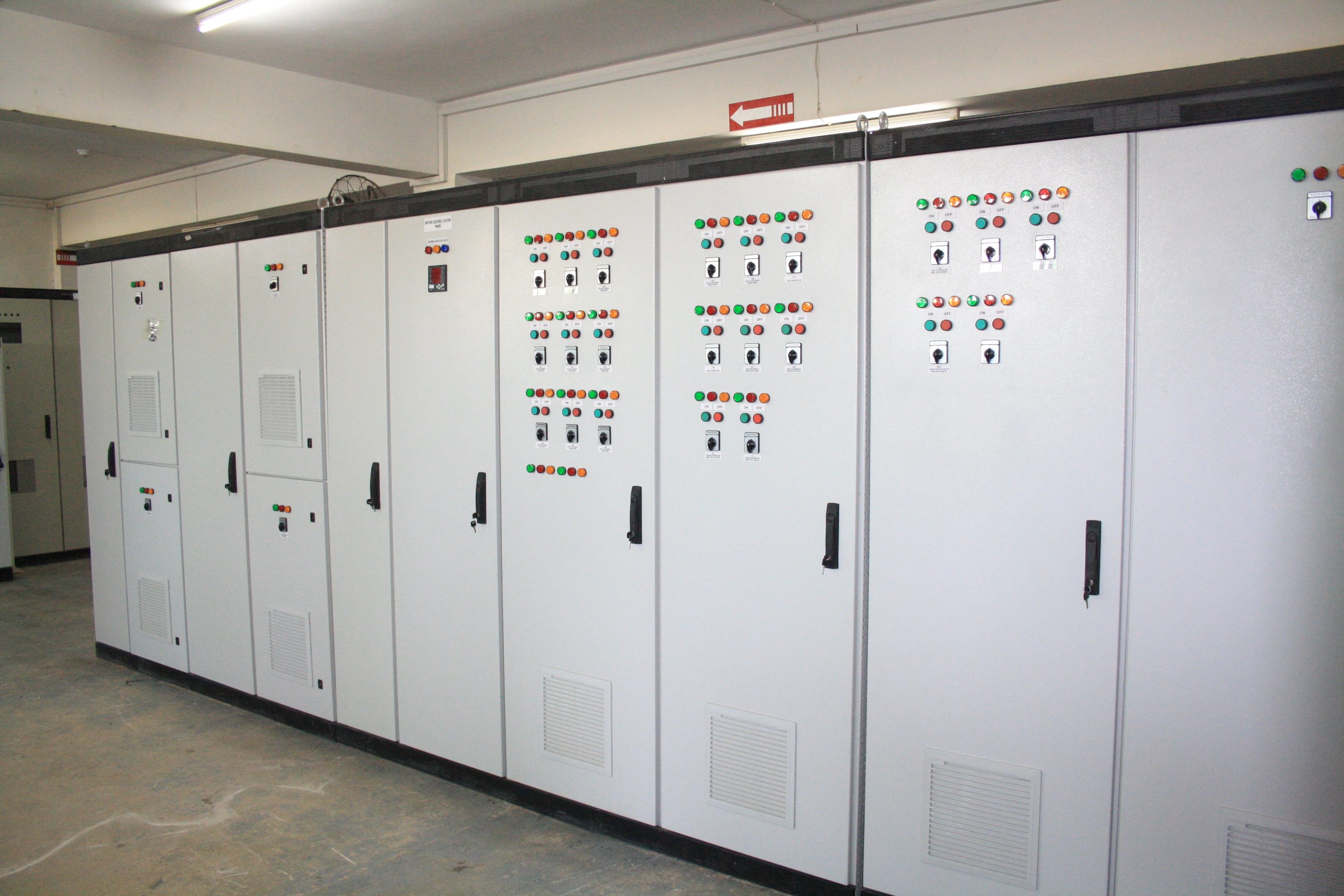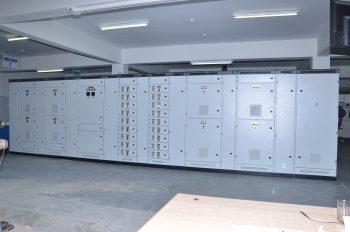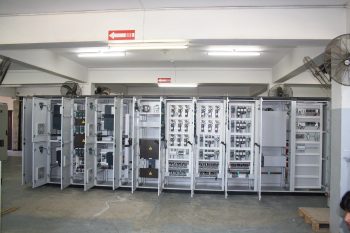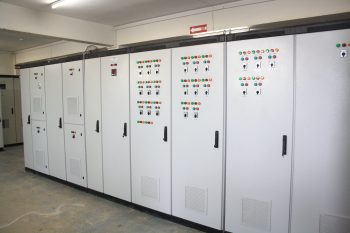Description
The HVAC panel typically includes a set of controls, such as thermostats, which can be used to set and adjust the temperature and humidity levels in the building. It also includes a control system that monitors the status of the HVAC system, and makes decisions about when to turn equipment on and off, adjust the temperature or humidity, and perform other actions to maintain the desired indoor environment.
The panel also includes metering devices, such as temperature and humidity sensors, that can be used to monitor the indoor environment and identify any potential issues. It also includes protection devices, such as overcurrent protection, earth-fault protection, and residual current protection, that are designed to protect the HVAC system and equipment from damage in case of faults or overloads.
In summary, a HVAC (Heating, Ventilation, and Air Conditioning) panel is a device used to control and monitor the operation of an HVAC system. It typically includes controls such as thermostats, control system, metering devices and protection devices to monitor the indoor environment, make decisions about when to turn equipment on and off, adjust the temperature or humidity, and perform other actions to maintain the desired indoor environment, and protect the HVAC system and equipment from damage.

